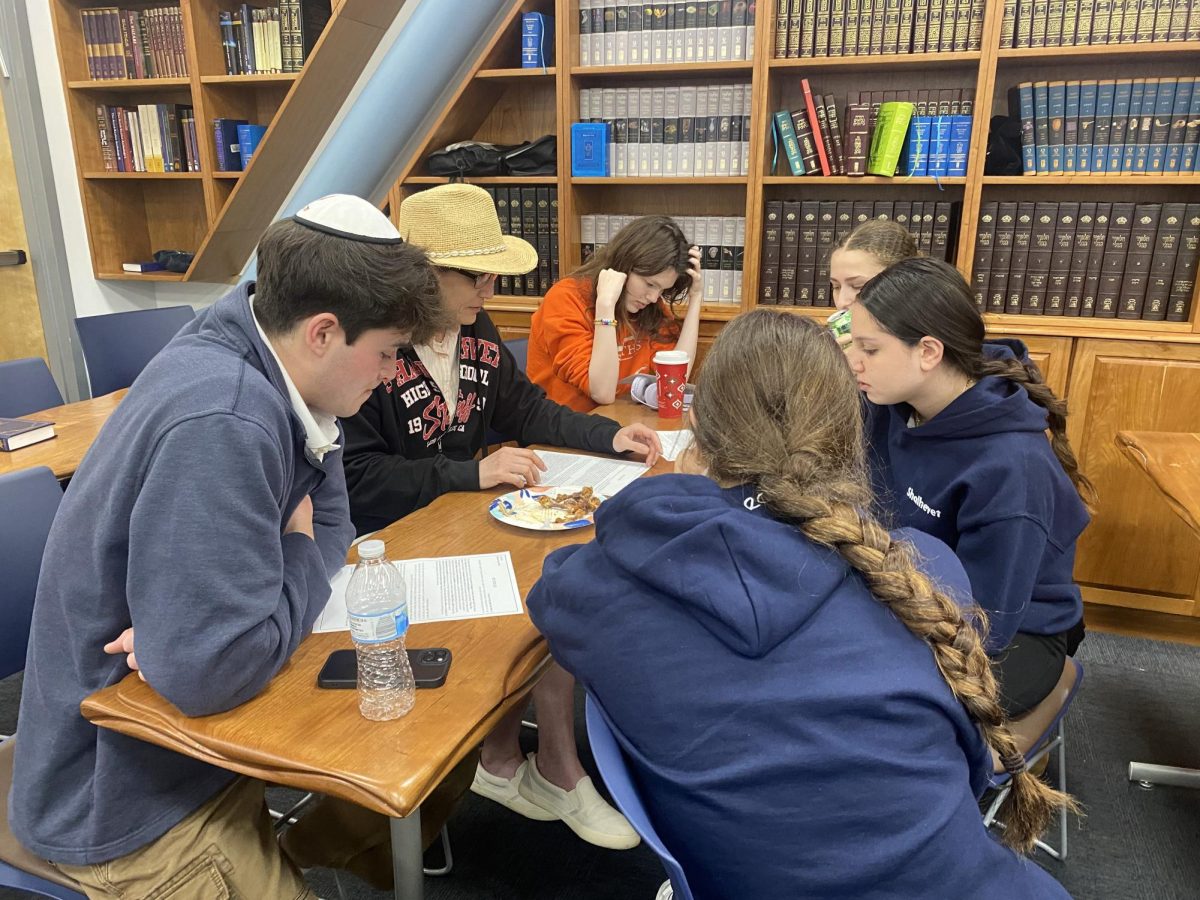
Erev Yom Kippur will be Oct. 12 this year, but Tu B’Av will take place over the summer – on Aug. 15, a Monday, six days after the mournful fast day of Tisha B’Av.
Tu B’Av, the 15th day of Av, is by contrast a day of almost giddy happiness, recalling days the beginning of the grape harvest and also a day when sins that had been punished by bans on marriage were lifted – hence its status today as a day good for weddings and other events of love and romance.
There are many possible explanations for why it and Yom Kippur both are commemorated with white garb.
White is the simplest color. On Yom Kippur, we think back on our past deeds and can’t help but feel very humble standing before God. We know it’s useless to try to distract God from seeing our sins with patterned clothing and don’t want to call attention to ourselves with bright colors. So white it is, whether a dress or plain clothes or a kittel.
Similarly, on Tu B’av, young women would swap clothing and dress in white so the young men wouldn’t be distracted by their clothing or use their garments to judge their financial situation. It was a chance to be seen simply, for who they really were.
Also, white represents purity. We want God to remember our good deeds more than our bad deeds on Yom Kippur. We repent for our sins in the hopes of returning to a state of purity. On Tu B’av, the young women wore white to show their purity as unmarried girls and sought to project an image of a pure soul, so men looking on would see them in the most favorable possible light.

Maybe we also wear white both on Yom Kippur and on Tu B’av because they both commemorate a day of divine forgiveness. Yom Kippur is celebrated on the day where God forgave B’nai Israel for chet ha’egel, the sin of the golden calf. Tu B’av commemorates when the last member of the generation of the Exodus passed away, atoning for the sin of the spies. After that, B’nai Israel was finally allowed to start entering Cana’an after 40 years in the desert. On that day God also started to once again speak to Moshe lovingly.
Also on the subject of forgiveness, Tu B’Av marks the day when the entire tribe of Benjamin won a reprieve from its punishment for a particularly heinous action recorded in the book of Joshua, one that most of us would rather forget. Shevet Binyamin was excommunicated for its immoral actions during Pilegesh Ba’Givah, when a man threw his concubine into a mob which then gang-raped her until she died. Since the whole tribe refused to punish the husband, all of its members were banned from marrying outside their tribe — until the 15th of Av. Pilegesh Ba’Givah represents an absolute low in marital relations but eventually, on the 15th of Av, B’nai Israel was able to forgive Shevet Binyamin for not punishing this sin.
And finally, when B’nai Yisrael first came into the land, there was a prohibition against intermarriage between the tribes so the tribes could establish their identities. This prohibition was lifted on Tu B’av – the most likely origin of the holiday.
Yom Kippur and Tu B’Av represent two fundamental parts of two important relationships. Both in our relationship with God and in our romantic relationships, it is important to be able to forgive and it is important to love. Perhaps white represents the essence of both, and the simple, unobstructed view of one another’s humanity that make them possible.






